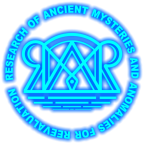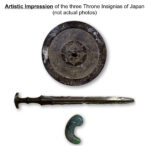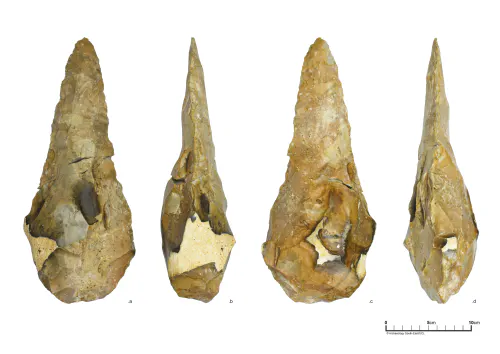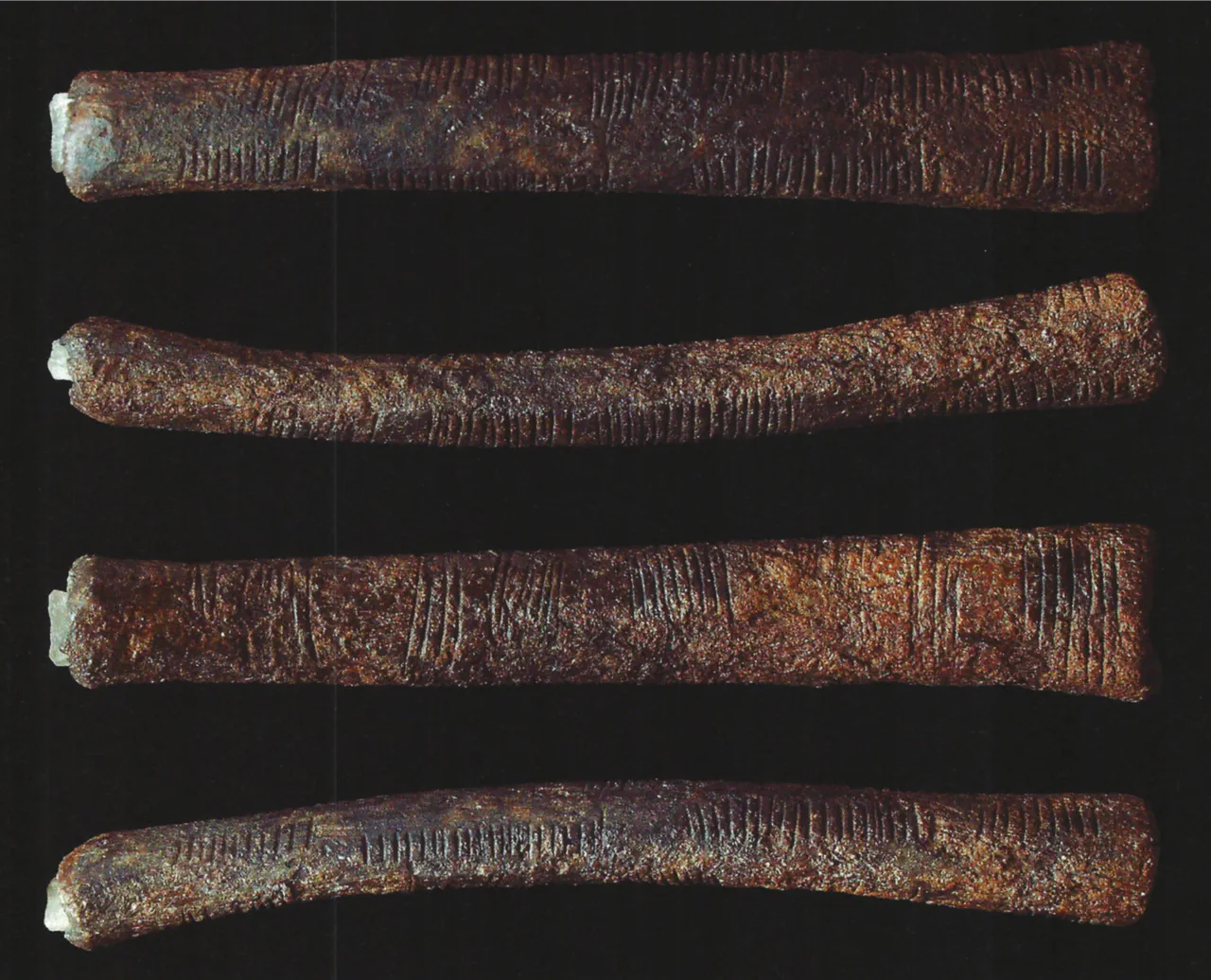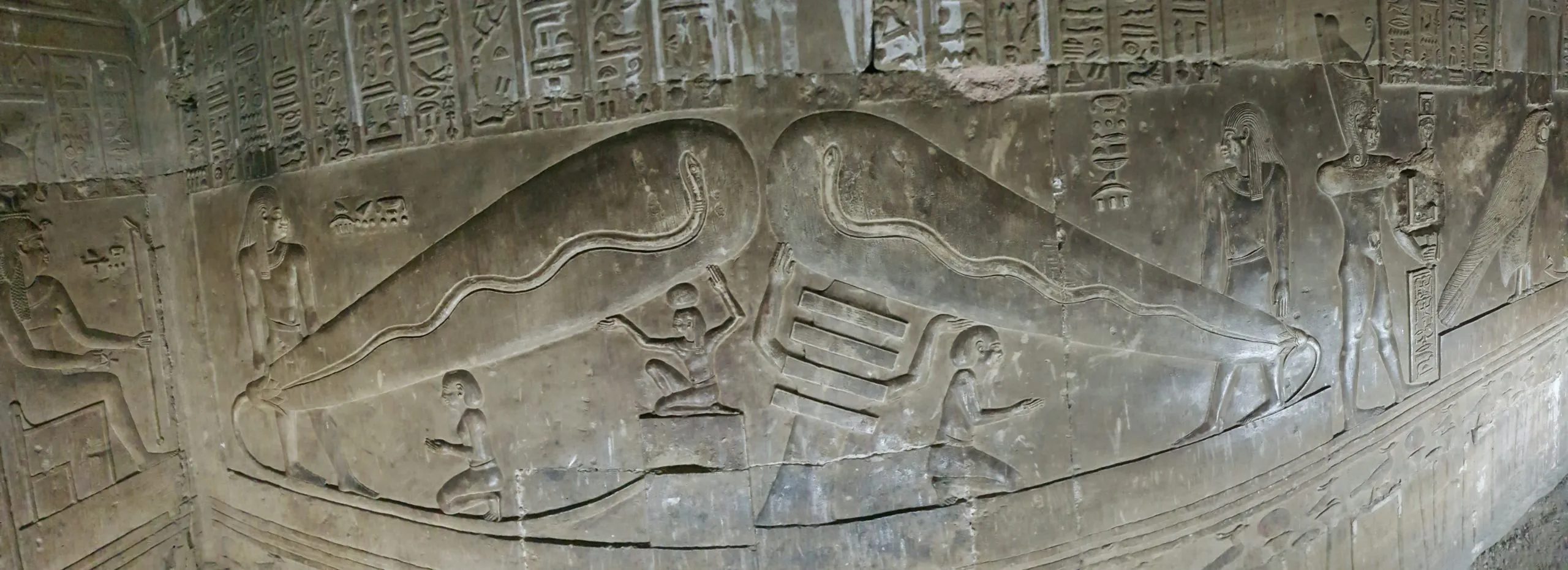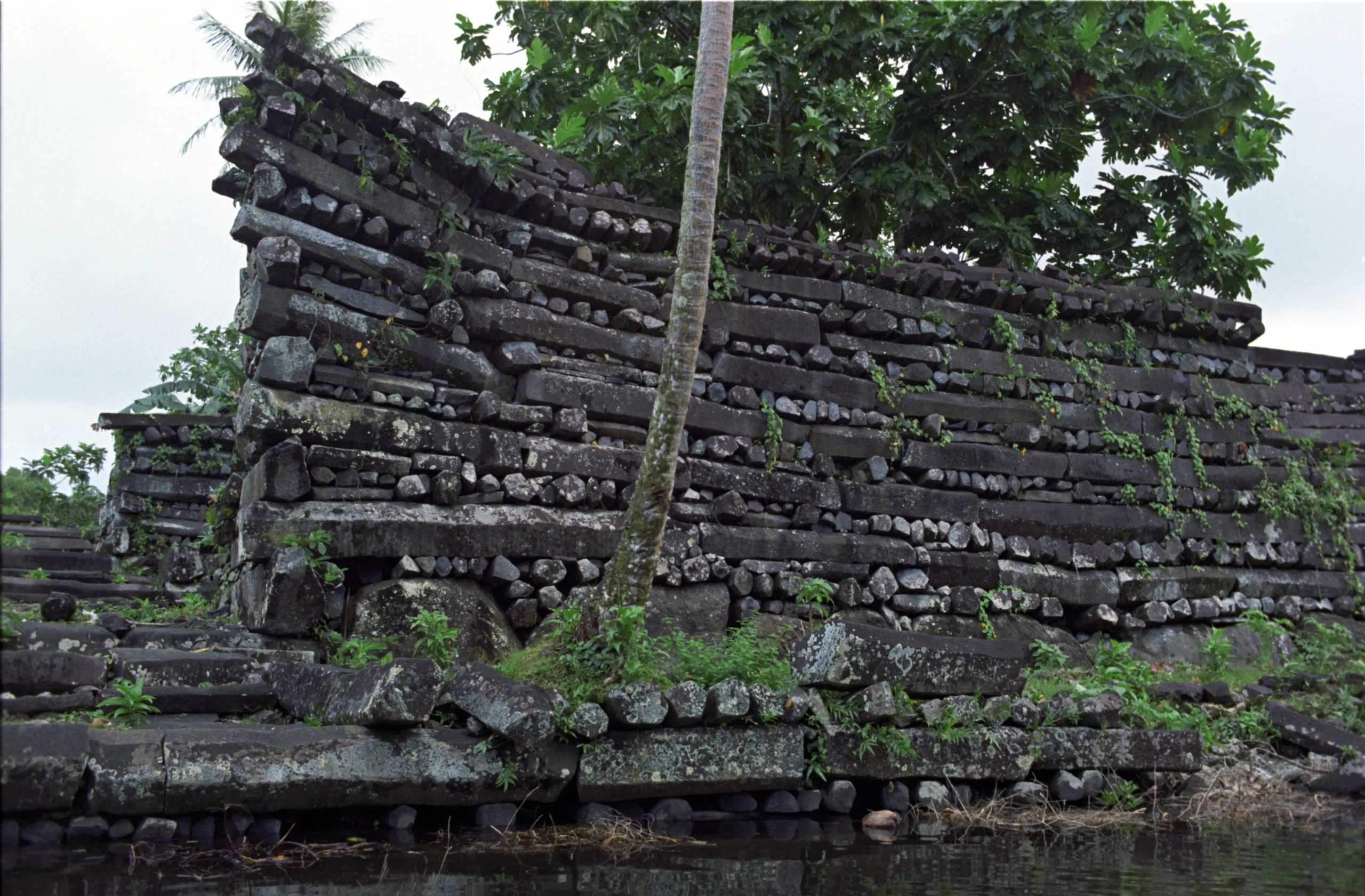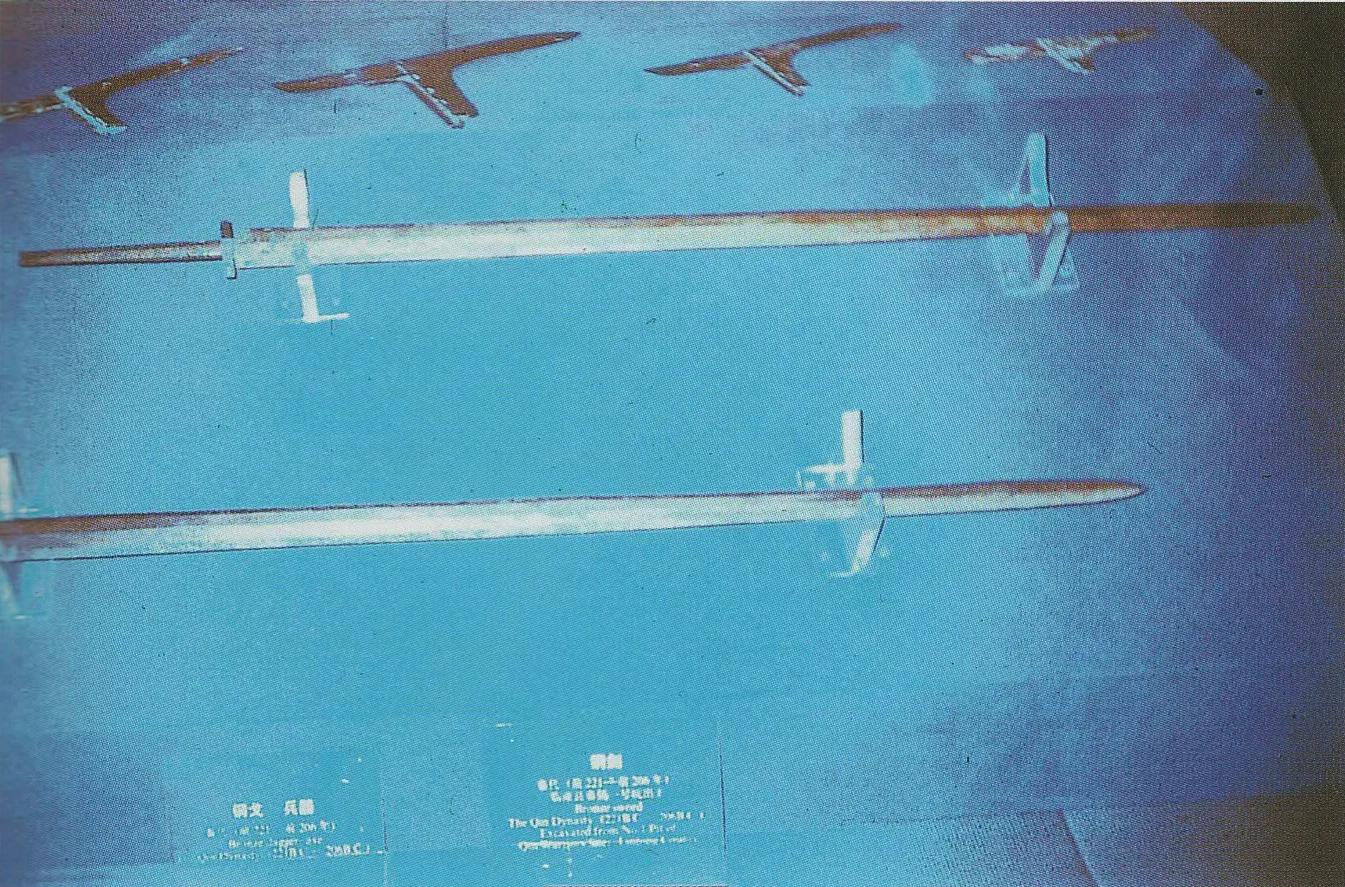Mirror in the Mausoleum of Jimmu Tenno -1st Japanese Emperor
 Real X-File ID: 2011
Real X-File ID: 2011
Report Date: 01/11/2017
Country: Japan
Place: Mausoleum of emperor Jimmu Tenno – Yamatotakada
Fingerprints: Ancient historical records of advanced technological knowledge
Existing Facts Sources: Document or report, Internet article, Book
Summary Report:
The throne insignia or imperial insignia of Japan are three artefacts: the sword Kusanagi no Tsurugi, the necklace Yasakani no Magatama composed of krumm jewels, and a mirror, Yata no Kagami. The throne insignia are not accessible to the public or to scholars, nor have descriptions or images of the insignia ever been published by the Imperial House itself, so that much information about them necessarily has the character of speculation. The mirror (Yata no Kagami) represents “wisdom” or “honesty,” depending on the source. Its name literally means “The Eight Ata Mirror,” a reference to its size. According to Shinsuke Takenaka at the Institute of Moralogy, Yata no Kagami is considered the most precious of the three sacred treasures.
In his Book “Beweise”, Erich von Däniken writes: “… The original sacred mirror is said to be kept inside the shrine of Ise, wrapped in many covers that have never been opened and are not opened today. If a cover is gnawed by the ravages of time, zealous priests immediately wrap a new one around it. No living person knows what is inside the miracle package. The grandson of the heavenly Ninigi was Jimmu Tenno, Japans first ruler. Tenno, the title of Japanese emperor, means: Heavenly Ruler. The mythical dynasty can be traced back to the sun goddess Amaterasu. (Such hierarchies are reported around the world. All Egyptian pharaohs, for example, were descendants of the gods)…”.
In the kanjo, Amaterasu used the mirror to transfer her divine light, causing the emperor to become god incarnate. According to the original legends written in the Japanese sacred Kojiki and Nihongi texts, this dynasty would last forever (Underwood, p. 30). The mirror reflects reality, good or bad, beauty or the reverse and so the mirror emanates the virtue of truthfulness. According to Chikafusa Kitabatake, Jinno Shotoki (1339) said: “…the mirror hides nothing. It shines without a selfish mind. Everything good and bad, right and wrong, is reflected without fail. The mirror is the source of honesty because it has the virtue of responding according to the shape of objects. It points out the fairness and impartiality of the divine will.”. Oro, 1983, p. 23.
In one of the ancient japanese legends, the first emperor of Japan used a magical mirror in which he could see what happens all around the islands of his empire.
What kind of object is this mysterious mirror and what are it s functions? Why is the mirror still hidden to this day and not accessible to the public? Who was the mysterious sun-godess Amaterasu and why did she gave the mirror to the first japanese ruler Jimmu Tenno?
Google Streetview: Google Streetview
Links:
Facts Source Details:
Details of Document or Report: Through the Looking Glass: Reflections on Mirror Magic, Chris Wood, 09/01/2020
Details of Internet Article: Rainbow Warrior,09/01/2020, 01/01/2000,https://www.researchgate.net/publication/344874797_Through_the_Looking_Glass_Reflections_on_Mirror_Magic, https://www.academia.edu/2392492/The_Mirror_of_Yata
Details of Book: Beweise,Erich von Däniken,Kopp Verlag,04/01/2015
Pictures:
